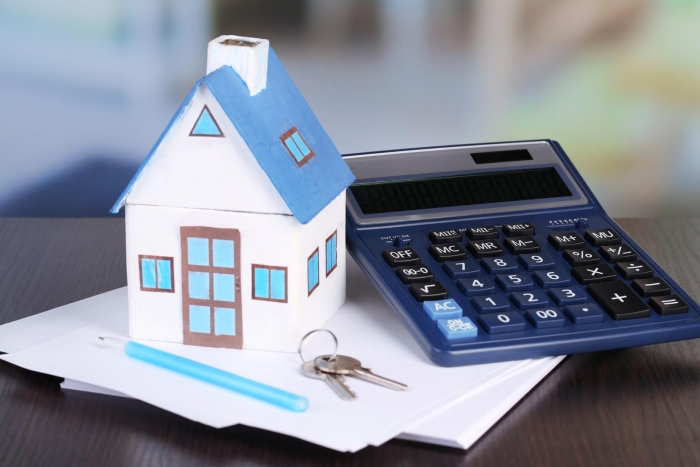You are here
1031 Exchange Basics › Getting More by exchanging rather than selling › Getting More by exchanging rather than sellingGetting More by exchanging rather than selling
Error message
Deprecated function: The each() function is deprecated. This message will be suppressed on further calls in _taxonomy_menu_trails_menu_breadcrumb_alter() (line 436 of /home/expert1031/public_html/sites/all/modules/taxonomy_menu_trails/taxonomy_menu_trails.inc).
If you own business or investment property, you may be able to save thousands of dollars by exchanging your assets instead of selling them.
A like-kind exchange under Internal Revenue Code Section 1031 allows you to defer the taxes on capital gains by exchanging rather than selling. This tax deferral is available for both real estate (dirt and everything screwed into it) and personal property (things you can pick up and move). This can save you in Federal and State taxes anywhere from 15% to 35% on each dollar of gain realized, depending on your state’s tax rates.
There are a few basic steps that will be required under code section 1031 to enjoy this great financial advantage.
Step 1. A ‘Qualified Intermediary,’ or ‘QI,’ must be used to facilitate the exchange to satisfy the IRS requirements for a valid 1031 exchange. Using a competent QI helps to ensure an exchange will be OKd by the IRS. The QI participates in the exchange on the taxpayer’s behalf by buying and selling assets, and holding the sales cash for the taxpayer.
Step 2. Once you have sold your business or investment property, you will have 45 days to identify potential replacement property that is of “like-kind” to the property sold. Fortunately, all real estate is considered like-kind, so you can trade raw land for an office building, and vice-versa. ‘Personal property,’ such as airplanes and heavy machinery, is different. Those must be traded for the exact same type of thing. For example: a bulldozer must be exchanged for a bulldozer; or an airplane must be exchanged for an airplane, etc.
Step 3. You must obtain your like-kind property within 180 days from the date of the sale of your Old Property.
Step 4. To be able to defer 100% of the taxes from your sale, you must meet two requirements with your New Property. First you must purchase a property that is of equal or greater value than the Old Property. Next, you must use 100% of the net proceeds from the Old Property to obtain the New Property.
Step 5. Finally, the person or entity that sells must be the same person or entity that buys. In other words, if the real estate you sell is titled to you as an individual, (ie: “Bill Smith”), then the real estate you buy must be titled to you as an individual. Likewise, if your real estate is titled to an entity like a corporation or a partnership (“Bill Smith, LLC”), then that same corporation or partnership must be the entity that takes title to the New Property.
...defer paying thousands—perhaps even hundreds of thousands...!
If you follow these basic steps, then you will be able to take advantage of the benefits of doing a 1031 exchange and defer paying thousands—perhaps even hundreds of thousands!—of dollars that you would otherwise pay in taxes.





Add new comment